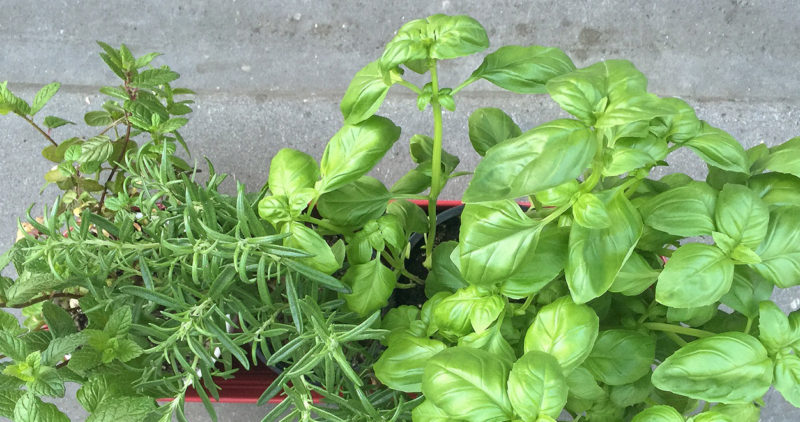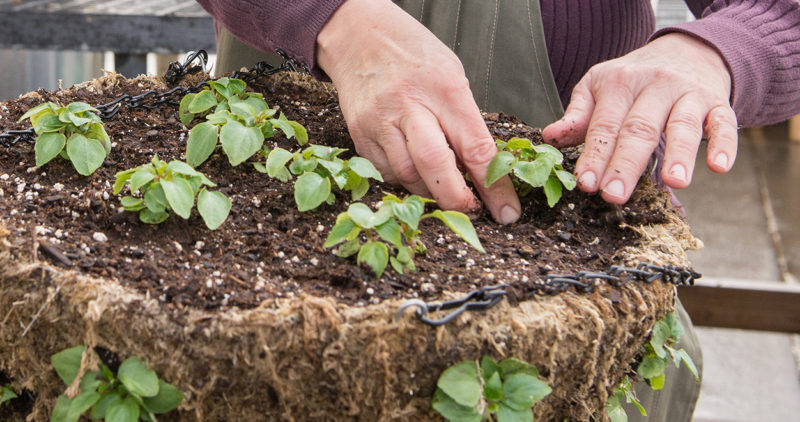
As houseplant fanatics, there’s nothing we like more than talking with other houseplant fanatics about all kinds of topics related to our “obsession.” We love swapping all kinds of growing advice, pointing out new varieties, trading cuttings, and – in the case of cacti – gathering to marvel at this plant group’s rare and beautiful flowering events. As an example of the way plant enthusiasts like to share information, we recently had a great discussion with one of our partner houseplant growers about some of the amazing things houseplants do for us. These growers provide us with some of the classic tropical houseplants in our collection – like pothos, ferns, and bromeliads. But they have a particular passion for anthuriums. In a recent blog post, we just talked about the many benefits we enjoy by keeping houseplants in our homes. Plant parents will tell you – and science supports this – that having plants around makes us happier, more productive, able to concentrate better, and heal faster when we’re sick or injured. Talking with our grower partner refocused our attention on one of the most amazing benefits that houseplants provide: indoor air purification. We didn’t spend a lot of time on this topic in our other recent post, so we thought this time we’d explore a little deeper and find out more about how anthuriums – as well as many of our other favorite houseplants – act as green air purifiers in our homes.
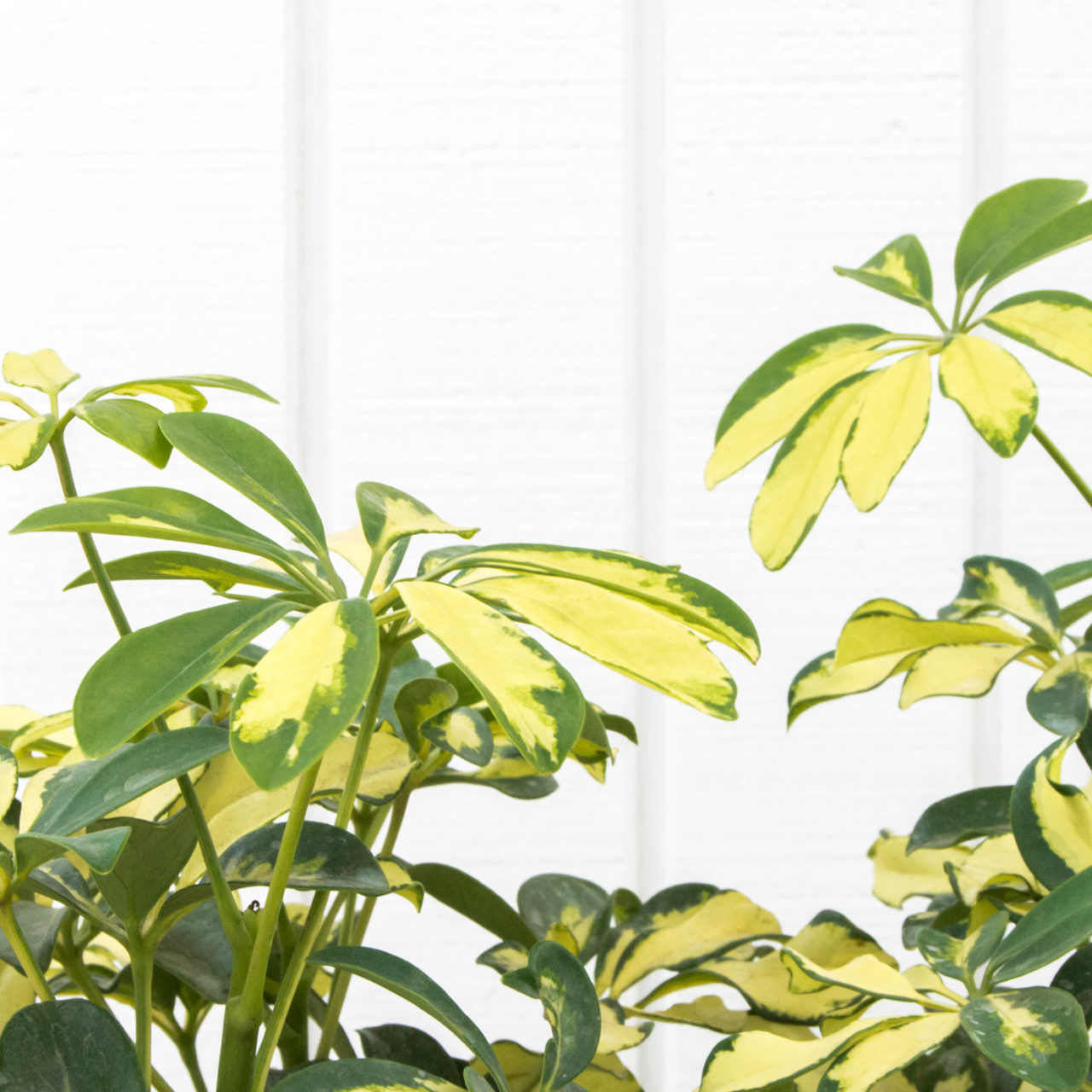
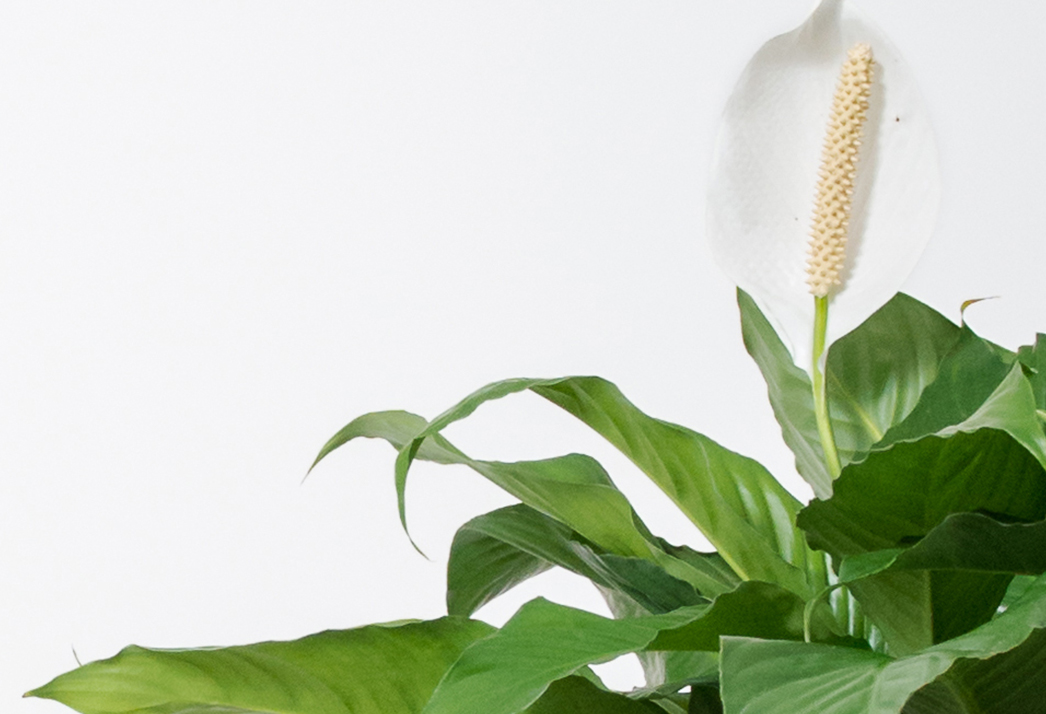
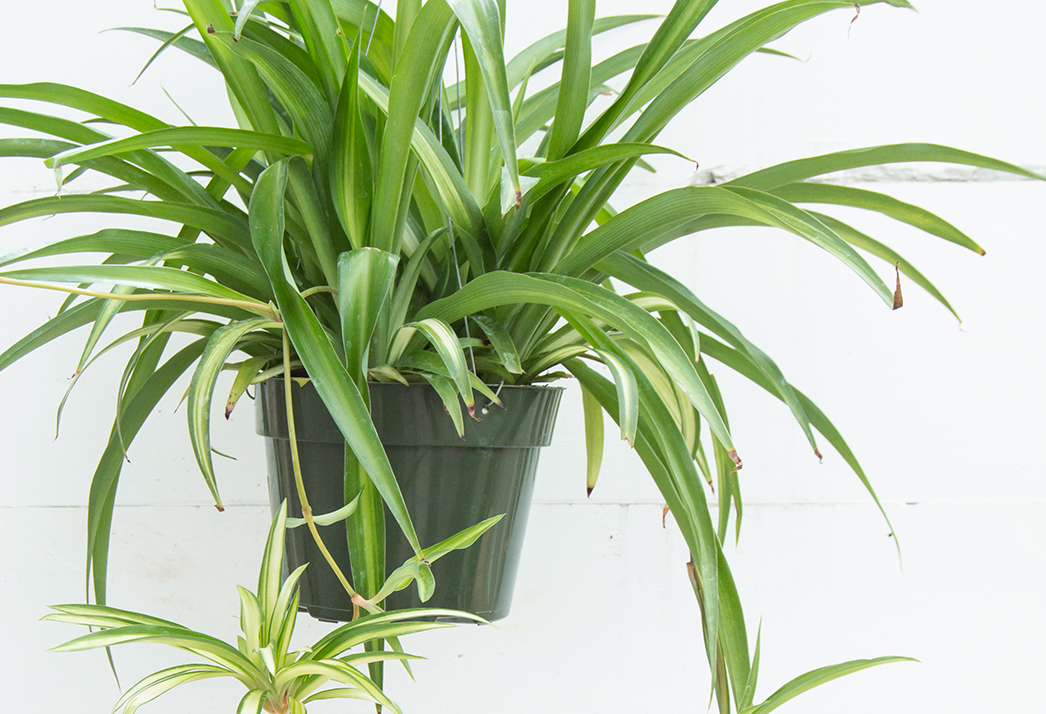
We’re Indoors – Why Worry About Clean Air?
When we think about air pollution, we usually imagine it as an outdoor phenomenon –think images of smoggy clouds over large cities. But surprisingly, in some cases the air inside our homes and businesses can be just as bad – if not worse – for our health. In his book How to Grow Fresh Air, Dr. B.C. Wolverton says that because of the way we construct buildings and the variety of synthetic materials we use in our daily lives, our indoor air contains all kinds of substances – called volatile organic compounds, or VOCs – that we’d be shocked to know were there.
Some common VOCs found in indoor air include formaldehyde, xylene, toluene, benzene, and ammonia. Where do they come from? Almost everything, actually. Just a few of the common sources of these compounds include carpeting, curtains, grocery bags, paint, electronic devices, tobacco smoke, cleaning products, and cosmetics. As humans, even we give off carbon dioxide, acetone, and ethyl acetate just through the process of being alive. Wolverton says that our attempt to conserve energy by thoroughly insulating and sealing our buildings reduces ventilation and actually contributes to increased concentrations of these VOCs indoors. And these compounds aren’t harmless. Lengthy exposures to these chemicals have been linked to increases in complaints about asthma, allergy symptoms, eye and nose irritations, headaches, sinus congestion, and more. Improvements in ventilation systems and the use of low-emission products has helped over the years, but they haven’t eliminated the problem entirely. If you consider it’s estimated that most people spend as much as ninety percent of their lives indoors, that can be troubling.
How Do Plants Help?
In the 1980’s, NASA set out to study how they could create life-support systems for long-term visits into outer space. On earth, we can open a window to get fresh air, but for astronauts that’s not possible of course. NASA needed a way to efficiently purify and recycle air in small, sealed spaces. Through a series of studies – in which Dr. Wolverton was the principle investigator – scientists found that several of our favorite houseplants do a really good job of that.
So, how do they do it? Houseplants may look pretty quiet, but there’s actually a lot of activity taking place in and around their leaves and roots. Plants take in light energy, carbon dioxide, and water which they use to create sugars for their own food in a process called photosynthesis. As a part of this process, the plant draws water out of the soil through the roots, moves it through the plant, and releases it as vapor through the leaves. The movement creates a current that draws air – and the VOCs contained in it – into the soil. In the soil, little microbes around the roots break down the harmful chemicals and use them as a food source. The plants’ leaves can also absorb VOCs and send them down to the roots. It’s truly amazing.
Take formaldehyde as one example. Formaldehyde is released from indoor sources like plywood, particle board, adhesives, and upholstery. It’s known to cause eye and nose irritation and aggravate respiratory issues like asthma and allergies. Our grower friends told us that anthuriums are known to be effective at absorbing formaldehyde, a claim that Wolverton’s book backs up. Anthuriums are in the same plant family as the peace lily, another efficient VOC absorber that Wolverton studied and mentions in his book. Other plants that get high ratings from Wolverton for VOC removal include the bamboo palm, rubber plant, Boston fern, spider plant, schefflera, and several species of dracaena, including D. marginata (red-edged dracaena), D. fragrans (corn plant), and D. deremensis (‘Janet Craig’).
While most tropical foliage plants will absorb a range of different VOCs, some seem to have chemicals that they’re especially good at removing. According to Wolverton, Boston fern is the champ at removing formaldehyde while peace lily is especially talented at removing acetone. Moth orchids (Phalaenopsis) are one of the best at taking up xylene and toluene, and in addition to formaldehyde, anthuriums apparently have a taste for ammonia too. Our grower friends were also excited to share a more recent study that suggests bromeliads – another of their plant specialties – are effective at absorbing a wide range of VOCs too.
Of course, all of these plant studies were conducted in small, perfectly sealed, and environmentally controlled spaces. In a typical home, how many plants would we need to make a difference in VOC levels? Estimates vary widely with some saying it would take a lot more plants than most people would be willing to own. But, then again, we aren’t like most people – and neither are our grower partners – and you might not be either. Maybe we can’t rely on our plants to do the entire job of cleaning our indoor air, but they certainly help – and we certainly welcome another good reason to collect some more.


